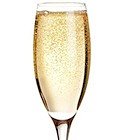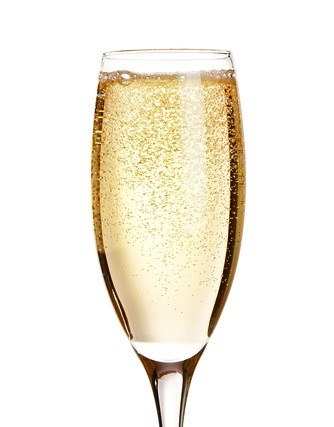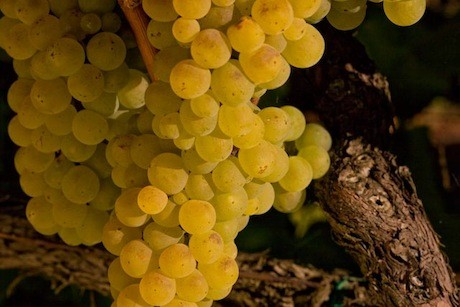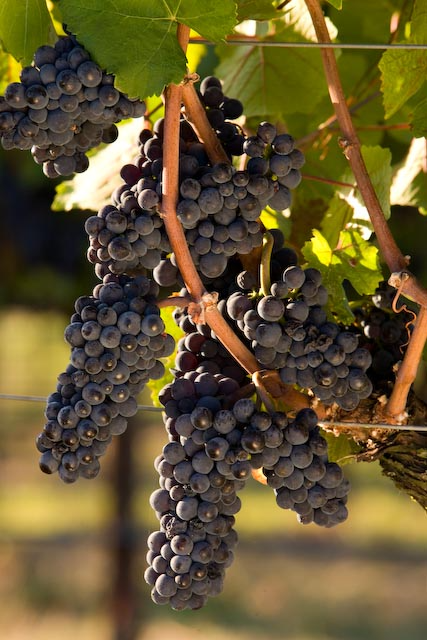Champagne: A Girl’s Guide to Finding the Perfect Fit for Your Flute

Mon 26 Dec 2011

If you love champagne but don’t give it much of a thought, except for responding with an enthusiastic yes anytime you’re offered a glass, then good news—it gets even better. For the casual imbiber, champagne is more like fashion than wine: almost everyone buys bubbly by the brand name, looking for the familiar orange label of Veuve Clicquot, the Moët star or the white orchids of Perrier-Jouët.
When we order wine (without bubbles), we almost always take the opposite approach and think about the style of wine we are in the mood for, most of the time based on the grape variety. If we’re in the mood for a red and want something lighter bodied and elegant, we might choose a pinot noir, while if we feel like something with more intensity and structure, we might order a cabernet. The nuances in champagne are more subtle, but there is a lot of variety across the champagne spectrum because there are three main grapes that play an equally important role in the region. By law, the only grapes permitted to make champagne are chardonnay, pinot noir and pinot meunier. Chardonnay and pinot noir are well known, but pinot meunier (a red grape) is very important as well and is the most planted variety in Champagne; it’s just not famous in its own right because it is a blending grape, rarely bottled on its own.

Some champagnes are 100 percent chardonnay, or the prestige cuvées may not use pinot meunier, but the signature wine of almost every champagne house is its nonvintage cuvée. Nonvintage blends make up more than 80 percent of all champagne production. Every year the grapes are a little different because of the weather of each particular vintage, but for the most part each house has a target taste profile. Each year the winemakers choose a blend of grapes to create a taste consistent with the house style. Some houses typically use more chardonnay for a style that is crisp, elegant and mineral, while others use more of the red grapes to create rich, full-bodied blends.
Taste Test at Home
If you like a particular brand of champagne, look up the blend and see if it’s more chardonnay or pinot noir and pinot meunier, or an equal blend. Then visit your local wine shop and ask for a bottle or two of champagne with a similar blend, and give them a try. You might discover a new favorite. If you don’t have a particular favorite, ask for two champagnes, one that is predominantly chardonnay and the other mostly red grapes, and taste them side by side. This comparison should tell you easily if you prefer the lean, racy, crisp style or the more opulent, fruity blends. Well-known houses that have a lighter style include Perrier-Jouët and Charles Heidsieck; Veuve Clicquot and Bollinger are typically richer, thanks to the structure and fruit character of the red grapes.

Taste Test at the Source: Visit Champagne
The town of Reims is just northeast of Paris, and with the TGV, it’s less than an hour’s train ride from the Gare de l’Est station. Why not take a quick trip to see the famous underground cellars and visit the champagne houses in person? Champagne Pommery offers a great trip, and there are plenty of other top houses to visit as well, including Charles Heidsieck, Louis Roederer, Ruinart, Taittinger and Veuve Clicquot. Also, make sure to check out the town’s cathedral and famous “smiling angel.”
Korinne Munson is a New York–based champagne expert who has worked for Veuve Clicquot and was the brand ambassador for Champagne Krug.
Editor’s note: We at GG2P hope that your holidays were glorious, and now is the time to begin planning for 2012. Have you joined our travel club yet? Members save up to $500 or more on their Paris trips. Learn more today.